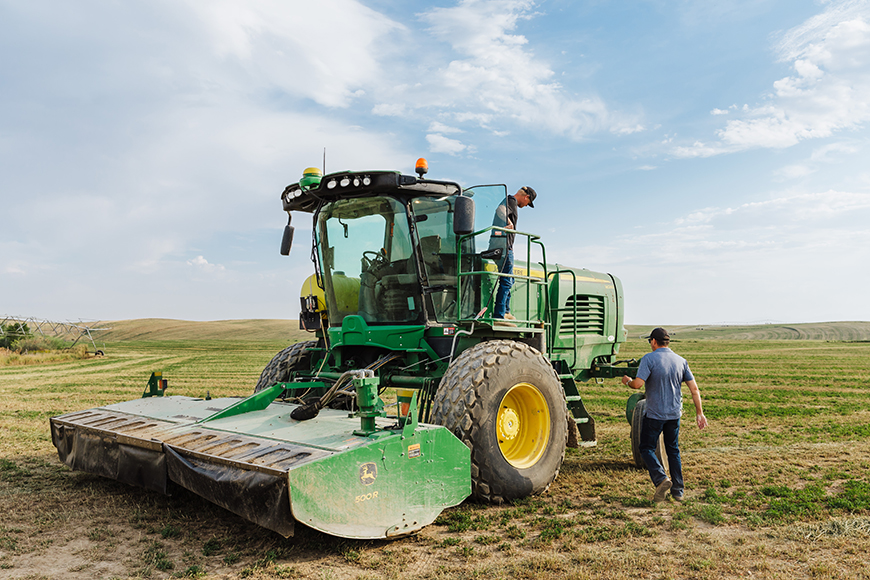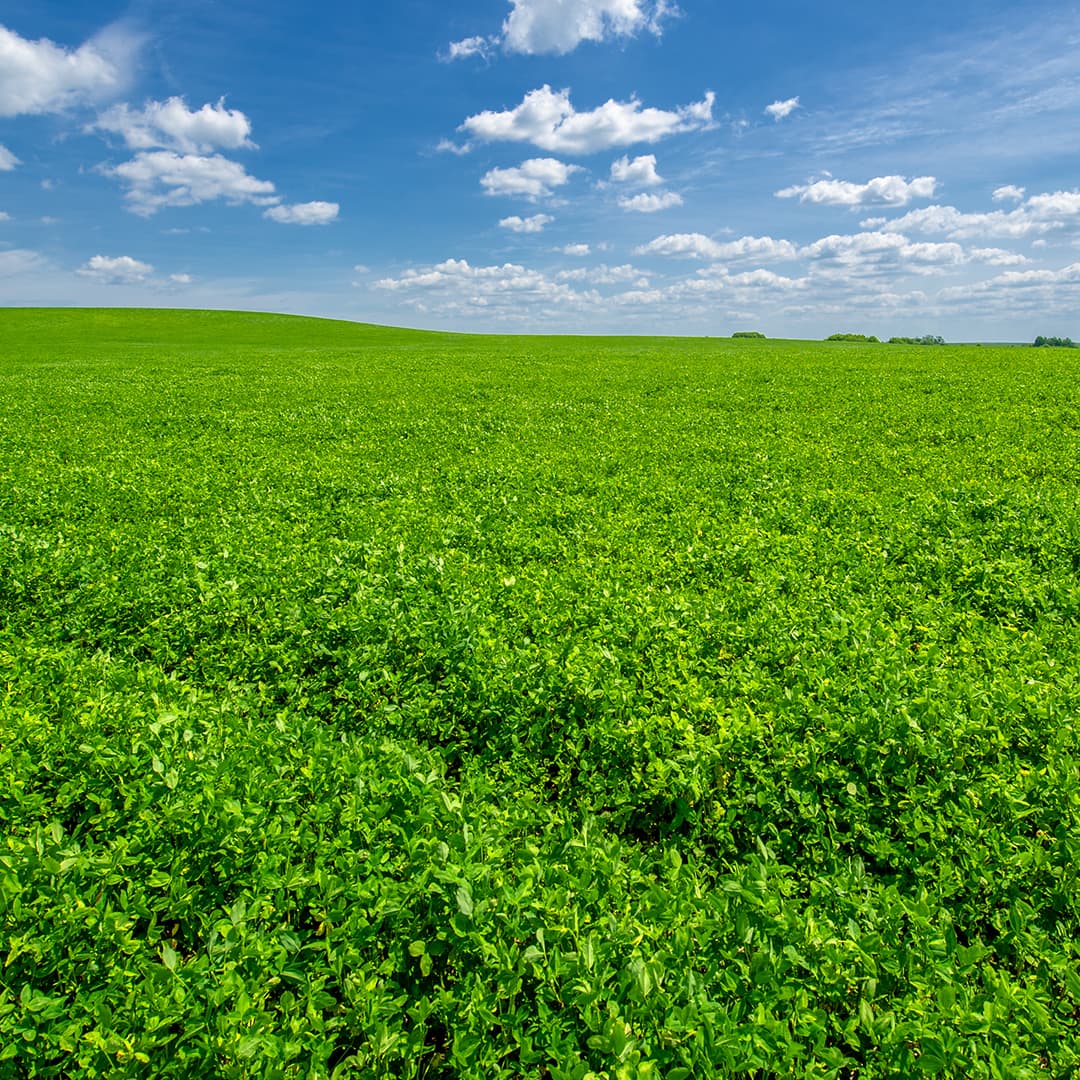© 2025 W-L Alfalfas
Recent Stories

Article • Agronomy, Agronomy & Management, Farmer trials and experience, People and Partners, Pest & Disease, Research
Pre-Harvest Maintenance Checklist For Your Alfalfa Mower
Read More
Nov 17, 2023

